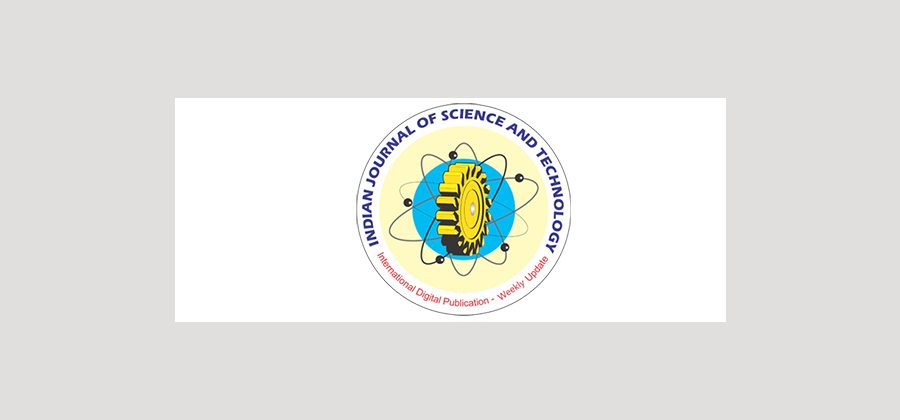


Indian Journal of Science and Technology
DOI: 10.17485/ijst/2017/v10i5/111274
Year: 2017, Volume: 10, Issue: 5, Pages: 1-6
Original Article
Maria Panhwar, Syed M. Shehram Shah, Syed M. Zafi S. Shah, Syed M. Z. Abbas Shah and Bhawani Shankar Chowdhry
Department of Software Engineering, Telecommunication Engineering, Electronic Engineering, Institute of Information and Communication Technologies (IICT), Mehran University of Engineering and Technology, Pakistan; [email protected], [email protected], [email protected], [email protected], [email protected]
Fall detection is an important aspect of the field of accident prevention, ambient assisted living as well as care of the elderly. To address this issue, researchers have employed several approaches including vision based systems, setups that require deployment in a special environment and inertial sensors. Inertial sensors have the advantage of being deployable in mobile systems such as wearable devices and smart phones. An important consideration in using inertial sensors for fall detection is the need to develop techniques that would work without enforcing positional requirements of the sensor device. This paper presents a method for the detection of falls using inertial sensors readings of the smart phone, a tri-axial accelerometer, tri-axial gyroscope and orientation data. We consider inertial sensor data for two falls and three activities of daily living. Using Auto-Regressive (AR) modeling to characterize the measurements from the sensors, we compare Support Vector Machines (SVM) and Neural Networks for use in classifying between these five events. Results indicate that the Neural Network provides better classification accuracy compared to SVM for the purpose of differentiating between falls and the activities of daily living.
Keywords: Fall Detection, Inertial Sensor, Machine Learning, Mobifall
Subscribe now for latest articles and news.